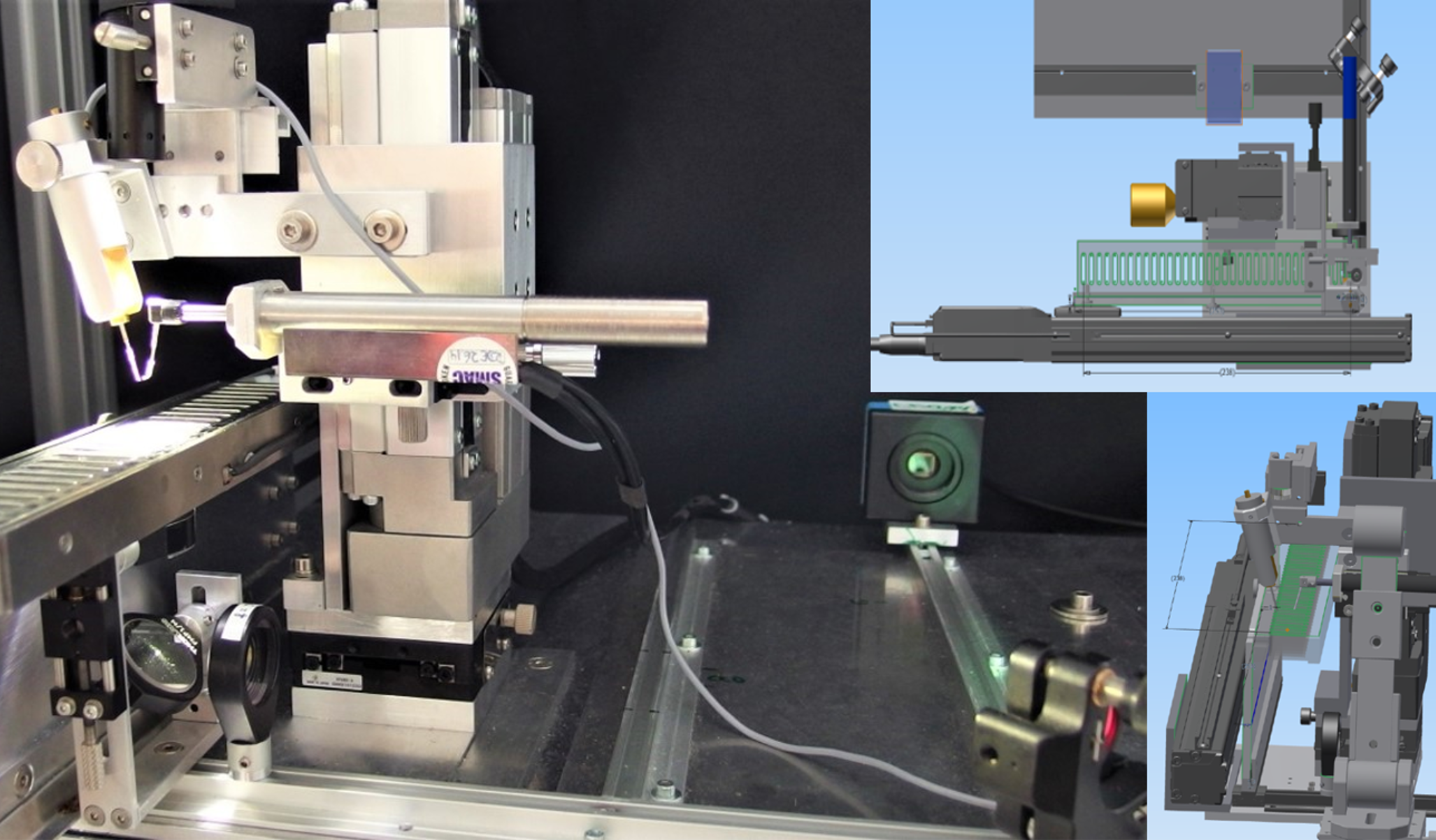In scientific experimentation, the products available do not always fit the model perfectly. Many labs end up building their own devices or make modifications to existing products to make their experiments easier, more accurate, or more reproducible. In this publication review, we highlight two groups that have done just that! They have taken our products and adapted them to fit their protocols and assessed them against other systems on the market. Cheers to the ever-creative scientists out there who are furthering muscle mechanics research!
Single muscle fibre biomechanics and biomechatronics – The challenges, the pitfalls and the future
In this publication by Friedrich et al. (2019), this group has compared the Aurora Scientific 1400A Permeabilized Fibre System with another device of their own creation that also measures muscle biomechanical and contractile properties. Their system, called the MyoRobot, has the ability to handle a higher-throughput and more flexible program for active and passive muscle biomechanics measurements using custom graphics interfaces and rapid data analysis. The system is also adaptable to many muscle preparations used for muscle mechanics research. We are proud to show off what this group has accomplished and how their system has made advances in this field!
An improved method for studying mouse diaphragm function
In this publication by Hakim et al. (2019) this group has augmented our 305B dual-mode servomotor transducer for their work with diaphragm muscle. In order to streamline their muscle preparations, this group engineered diaphragm clamps using highly mechanically durable material. These clamps allow for better maintenance of fiber orientation throughout the experiments. They used these clamps with diaphragm muscle preparations to measure muscle contractile force and found that preparations using the clamp instead of the suture method yielded significantly higher contractile forces. This protocol was validated using the mdx model for Duchenne muscular dystrophy and will be useful for future research by creating an easier and more reliable mounting procedure.




